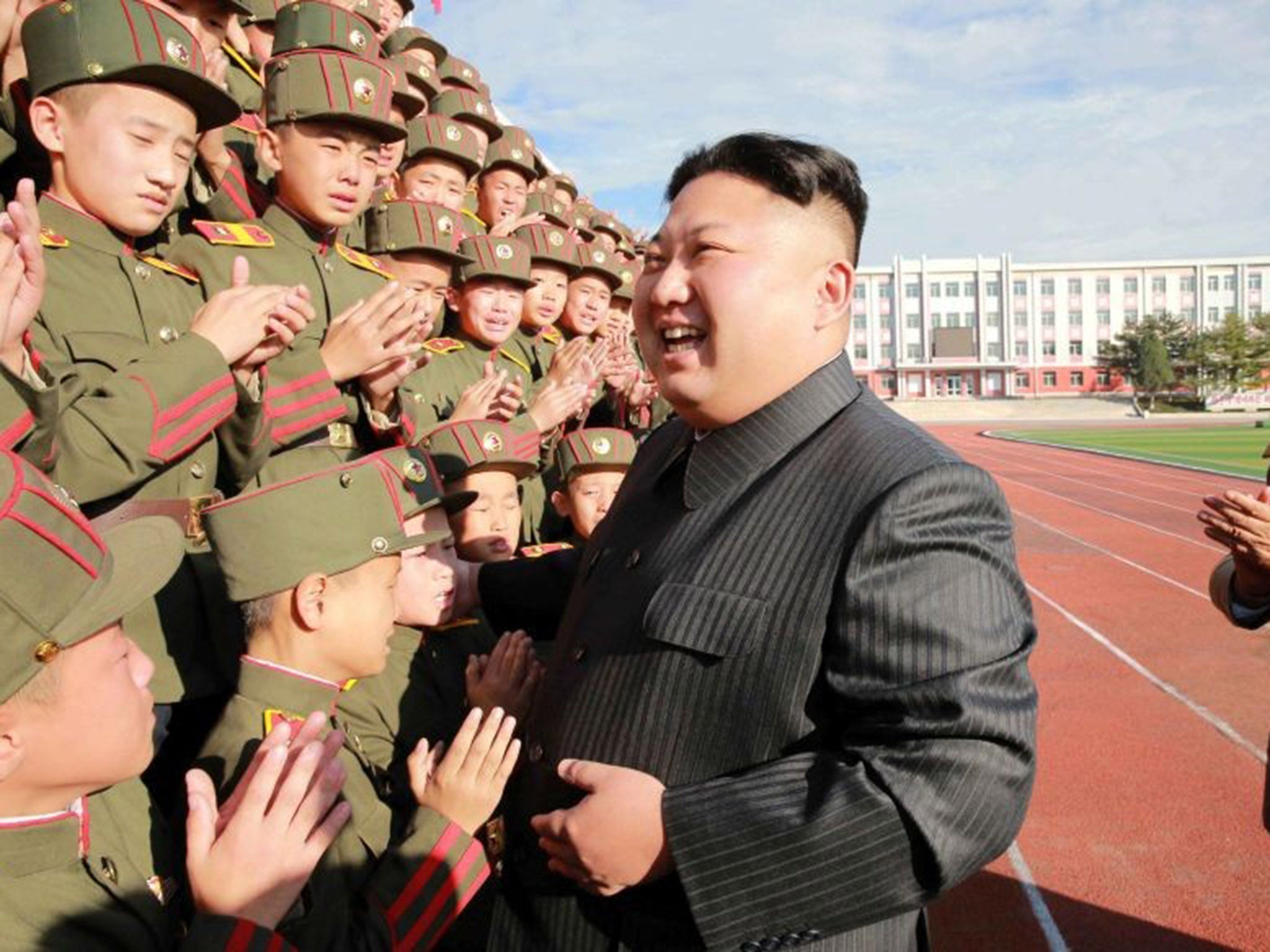North Korea could be mass producing biological weapons to unleash smallpox and plague, report warns
Programme to develop deadly chemicals such as anthrax reportedly began in 1960s

Your support helps us to tell the story
From reproductive rights to climate change to Big Tech, The Independent is on the ground when the story is developing. Whether it's investigating the financials of Elon Musk's pro-Trump PAC or producing our latest documentary, 'The A Word', which shines a light on the American women fighting for reproductive rights, we know how important it is to parse out the facts from the messaging.
At such a critical moment in US history, we need reporters on the ground. Your donation allows us to keep sending journalists to speak to both sides of the story.
The Independent is trusted by Americans across the entire political spectrum. And unlike many other quality news outlets, we choose not to lock Americans out of our reporting and analysis with paywalls. We believe quality journalism should be available to everyone, paid for by those who can afford it.
Your support makes all the difference.North Korea is likely to be developing biological weapons alongside its nuclear programme, a new report has warned.
A new study by the Belfer Centre, a US thinktank, warns that Pyongyang is likely to have a programme to develop its biological weaponry.
Based on testimony from defectors, it is believed to have begun in the 1960s after the Korean War between 1950 and 1953 caused the deaths of thousands in outbreaks of cholera, typhus, typhoid, and smallpox which the regime blamed on biological attacks by the US.
Following the assassination of Kim Jong-un’s brother Kim Jong-nam in Malaysia with the deadly nerve agent VX in February which reputedly came from the Pyongyang Bio-technical Institute.
The state research centre is run by the North Korean Army and was visited by the dictator himself according to photos which emerged in 2015.
It is thought to be producing several different diseases and manmade biological weapons that the US deems dangerous such as plague, anthrax, viral haemorrhagic fevers and smallpox.
South Korean intelligence believes there are at least three possible biological weapons production facilities and seven research centres associated with developing them.
The authors of the report say although the majority of the international community’s attention has been focused on the ramping up of North Korea’s nuclear weapons programme, their biological programme also needs attention.
They said: “Preparation against BW [biological weapons] is urgent and necessary, which will also serve as defence against naturally occurring epidemics that increasingly threaten the 21st century. “Military and public health sectors should cooperate to urgently prepare for ‘dual-response’ mechanisms.
“Components of a well-established ‘dual-response’ program should include the best possible threat assessment by military and intelligence communities, a strong public health detection and response system, a well-coordinated crisis communication strategy among multiple stakeholders, and compliance from an informed public.”
The report also warns that they do not know the extent of the programme or how fast North Korean agents would be able to deploy them.
It quoted a recent statement by the South Korean Defence Ministry which said Pyongyang could weaponise 13 types of biological agents within 10 days.
Weaponising means stabilising and preparing dangerous biological agents such as anthrax, yellow fever or plague to be ready for release against their chosen target.
The report said it was also unclear how these biological weapons could be deployed and methods could range from using missiles, drones, aeroplanes, sprays and even human beings to cause devastation on mass scale.
It noted that North Korea had 200,000 members in its special forces and “even a handful of those special forces armed with biological weapons would be enough to devastate South Korea” and that agents did not need sophisticated training in order to spread the diseases to their intended targets.
The report warned that it was “theoretically possible” for the regime to deploy hundreds of sleeper agents to carry out attacks “disguised as cleaning and disinfection personnel” deploying the weapons “with backpack sprayers” or for them to release dangerous chemicals and bacteria into the water supply.
Join our commenting forum
Join thought-provoking conversations, follow other Independent readers and see their replies
Comments